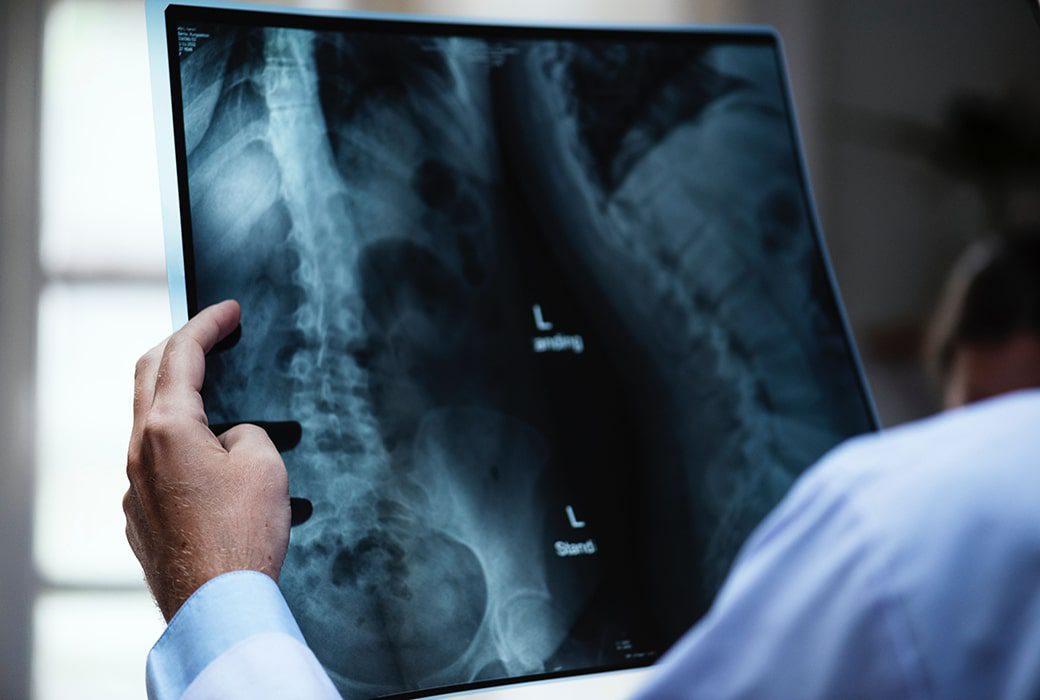If you suffer from spinal stenosis, then you are well acquainted with the pain this disease can cause every day of your life. You have probably been told that surgery or addictive pain medications are your only alternatives. Has anyone told you that chiropractic care can help to relieve pain naturally?
Perhaps you were told that chiropractic care can be dangerous for people with this condition or that it won’t help you at all.
Chances are you are considering every treatment possible to avoid surgery. Good for you! Surgery should be considered only after all other options have been exhausted.
Have you considered chiropractic care for your spinal stenosis but had doubts? We are guessing you have questions and don’t want to look foolish or don’t know who to ask.
Let’s look at the top 5 questions most people ask about spinal stenosis and chiropractic care. We want to say right up front that chiropractic care will not cure spinal stenosis. It can offer relief from pain, you will have fewer symptoms, and it can even buy you time before you will have to resort to more invasive measures.
Question #1: Can You Go to a Chiropractor if You Have Spinal Stenosis?
In a nutshell, the answer is a resounding YES!
Many times, spinal stenosis is caused or aggravated by a misalignment in the spine or neck. With chiropractic care, adjustments, and manipulations, your chiropractor can correct these issues, relieving some of the stress on the nerves within the spinal column.
Poor posture can not only bring about some cases of stenosis, but it can make the condition much more painful. Your doctor can offer you advice about exercises and other tips for strengthening the muscles and improving overall posture.
Stress on the nerves not only causes pain but can be the source of other health problems, such as balance issues, walking problems, headaches, and loss of bladder control.
Many doctors will advise you to avoid activities that make the pain worse, such as walking uphill or riding a bicycle. However, your chiropractor will encourage you to be as active as possible since inactivity, while it will hurt less, only leads to further deterioration of the muscles which support the spine.
You can also speak with your chiropractor about consuming anti-inflammatory medication, such as ibuprofen, or herbal anti-inflammatories, such as fish oil or curcumin.
Your chiropractor cannot prescribe medications and you should always speak to your doctor if you are taking prescription medication of any kind before making changes to your diet or consuming supplements.
Question #2: Can Chiropractic Adjustments Hurt Spinal Stenosis?
There is nothing that a chiropractor could do which would irritate or exacerbate spinal stenosis.
A review of studies performed over the past 25 years regarding the use of chiropractic care for the treatment of those with spinal stenosis found that regular chiropractic adjustments, including flexion-distraction manipulation, offered numerous benefits for the 70 subjects of this review. This review was published in the Journal of Chiropractic Medicine in June 2009.
Anyone who has spinal stenosis knows that bending forward, such as resting the arms and upper body on a shopping cart handle, can be an almost instant relief from pain.
This is because the spine is lengthened in this position, offering a very small amount of extra space, usually just enough to release the pressure on the nerves.
Chiropractic care also offers this type of release, through adjustments and stretching of the spine.
As with most exercise and other types of manipulation, it will take several visits to your chiropractor in order to for you reach the maximum level of comfort.
With spinal adjustments, stretching, and proper exercises to strengthen muscles and improve posture, chiropractic care is not only safe for those with spinal stenosis, but it also works!
Question #3: How Can Chiropractic Help Spinal Stenosis?
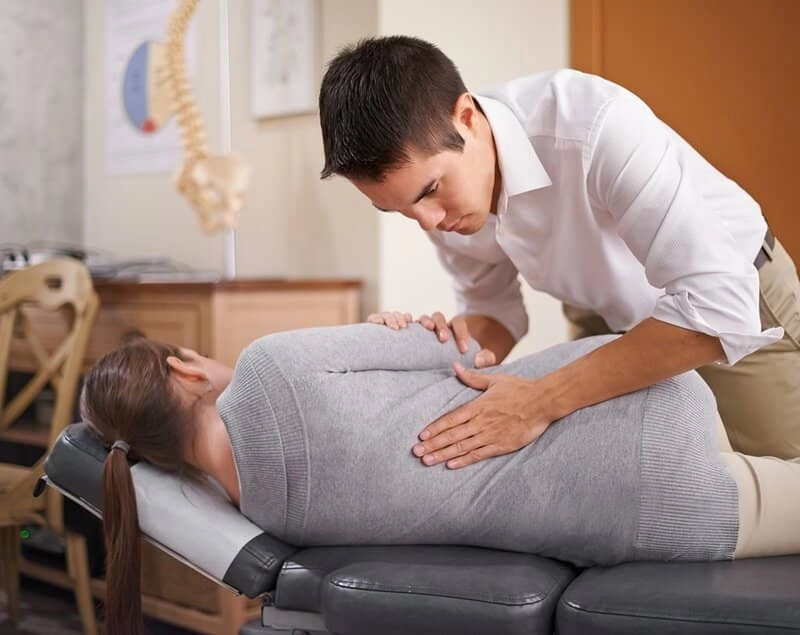
Just a reminder that spinal stenosis, at this writing, cannot be cured, it can only be managed. Even surgery cannot cure stenosis; it will only provide relief from pain for a period of time.
Whether your lower back pain stems from sciatica or from spinal stenosis, the pain is similar. Both sciatica and stenosis pain is described as a dull, sometimes sharp, achy pain that reminds one of a toothache but is located in the lower back.
Other symptoms include a pins-and-needles feeling down the leg or in the buttocks, electrical shock feelings, numbness, or even a burning sensation.
Sciatica is caused by compression of the sciatic nerve. Spinal stenosis is also caused by compression of the nerves in the spinal column.
Through chiropractic manipulation, massage, and adjustments, pressure can be released in the spine.
Your chiropractor might also suggest exercise, the use of a TENS unit (transcutaneous electrical nerve stimulation) as well as ice or heat therapy, depending on your unique situation.
A 75-year-old patient with spinal stenosis began seeing a chiropractor. The chiropractor applied a technique called flexion distraction spinal manipulation. After 4 visits, the patient stated that he noticed a lack of pain in his right thigh and lower left leg. After 16 visits (over a 3-month period) the patient stated he had minimal pain in his buttocks and lower back area, with no pain in the legs on either side. This study involving the subject above was published in March 2012 in the Journal of Chiropractic Medicine.
Juneau, Alaska residents can’t wait for hours to see a chiropractor, which is why we offer the Same-Day and 10-Minute Promises for spinal adjustments in Juneau.
Question #4: Can Neck Manipulation Help with Cervical Stenosis?
The spinal cord is thicker where it exits the brain and extends itself through the smallest space in the spinal column (in the neck).
Why this is like this is anyone’s guess, but it works well most of the time. For those with cervical stenosis, however, it can, quite literally, be a pain in the neck!
How can your chiropractor help with this type of pain?
By using a technique called Cox Flexion Distraction and Decompression, your chiropractor pulls on the neck which widens the space in the canal, relieving pressure by increasing disc height.
While pulling on the head and neck doesn’t sound all that pleasant, we can assure you it is. There is no pain involved and many patients will ask to be “pulled apart” or “pulled on” after their first experience.
Besides adjustments, flexion-distraction, and massage therapy, your chiropractor can recommend nutritional supplements that can help rebuild cartilage, advice on supportive pillows, and exercises to help strengthen the neck.
Question #5: How Long Before I Will Feel Relief from Pain?
As noted in our previous study, one patient stated that he felt little or no pain in his legs after just 4 visits.
Most patients state they feel as much as a 50% reduction in pain levels after their first visit and continue to feel the benefits even after 2 years of chiropractic care.
Everyone is different and, therefore, responds differently to treatment. Pain relief will depend on how advanced the spinal stenosis is, the age and overall health of the patient, as well as their activity levels and state of mind.
If you are looking for alternatives to addictive medications and surgery, please make an appointment with your chiropractor. Spinal stenosis only gets worse with time and can cause permanent injury or even death if not treated.
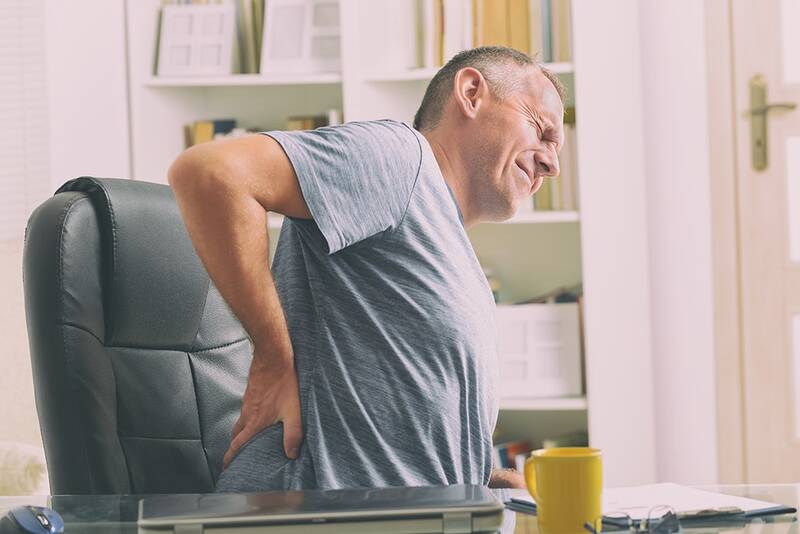
What is Spinal Stenosis?
Put simply, spinal stenosis is a narrowing of the space inside the spinal column.
Imagine your spine as a tunnel. The nerves of the body run through this tunnel. Imagine if part or the entire tunnel became smaller and smaller until cars were so tightly pushed against one another, that they could not move. This is similar to what happens with spinal stenosis.
Spinal stenosis is most often caused by the everyday wear and tear in the spine that occurs combined with osteoarthritis. A narrowing of the spaces in the spine puts pressure on the nerves that go to various parts of the body.
The Two Types of Spinal Stenosis
The most common form of stenosis is called Lumbar Stenosis. This typically occurs at the lower part of the back.
Cervical stenosis occurs in the neck area. It is possible to have stenosis in other areas or to be affected by both types of stenosis. Most people suffer from one or the other.
What Causes This Narrowing of the Spine?
Some people are born with a smaller than average spinal canal. Most spinal stenosis occurs, however, when something changes or happens to the spinal column, such as:
- Tumors – Growths inside the spinal column can be benign or cancerous. These abnormal types of growth can cover the entire spinal column, be limited to one area only, or grow in the space between the vertebrae and the spinal cord. These are uncommon but can be easily seen on a CT scan or MRI.
- Bone Overgrowth – Osteoarthritis in the bones of the spine can cause the growth of what are called bone spurs. These often grow into the canals of the spine. A bone disease known as Paget’s disease can also cause bone overgrowth in the spinal column.
- Injuries to the Spine – Trauma to the spine or vertebrae, including car accidents, skiing injuries, and other types of accidents, can cause fractures. A spinal fracture can have displaced bone and cause damage to the canal. Swelling of tissues after back surgery can also put pressure on the spinal cord.
- Thickened Ligaments – The bones of the spine are held together by stiff cords called ligaments. Over time, ligaments become tight, hardened, and thicker than normal, causing them to lack flexibility. If they become too thick, ligaments can push their way into the spinal canal.
- Herniated Discs – Between the bones of the vertebrae are soft pillows or cushions called discs. These can dry out over the years, causing cracks to form. Much the same way that toothpaste will be pushed out of a tube, the soft material inside the disc can escape through these cracks and press against the nerves or push on the spinal column.
Who Can Develop Spinal Stenosis?
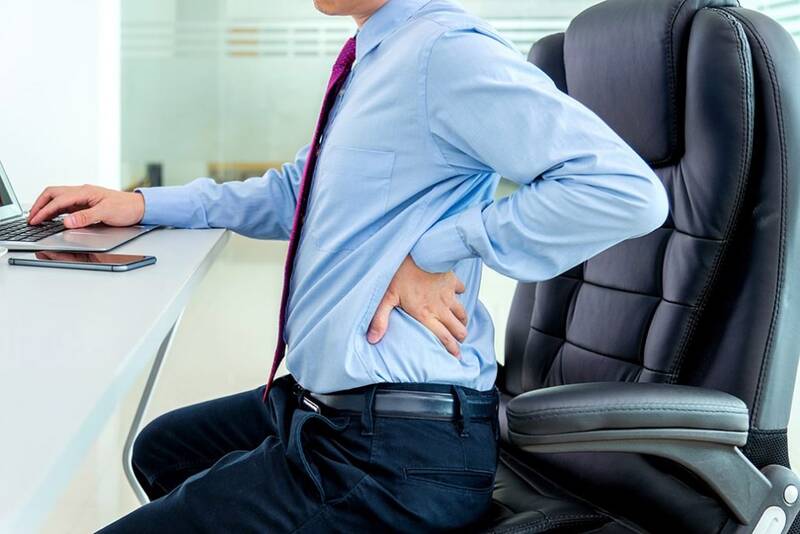
Although spinal stenosis can happen to anyone at any age, it commonly affects those over 50 years of age.
Degenerative changes, spinal deformities (such as scoliosis), or trauma to the spine can cause spinal stenosis in younger persons, but this is not common.
What Are Common Symptoms?
Many people have no symptoms at all until they begin to feel the pain that simply won’t go away with rest or over-the-counter pain medication.
Some people discover they have stenosis only when a doctor has ordered a CT scan or MRI and the problem is found by accident while dealing with another issue.
Symptoms can vary, depending on which nerves are affected and where the location of the stenosis is.
Common symptoms of Cervical Stenosis are:
- Neck pain
- Tingling or numbness in the arm(s), hand(s), feet, or leg(s)
- Problems with balance
- Difficulty walking (often due to balance issues)
- Urinary urgency or incontinence (severe or advanced cases)
Common symptoms of Lumbar Stenosis are:
- Back pain
- Lower back pain
- Weakness in a foot or leg
- Cramping in one or both legs when standing for a long time
- Pain in one or both legs when standing but eases when you sit or bend forward at the waist
- Difficulty walking, especially up hills or climbing stairs
If your doctor believes you might have spinal stenosis, they will order one or more imaging tests to confirm their suspicion. Tests they might order include CT scans, X-rays, or MRIs.
Before You Consider Surgery
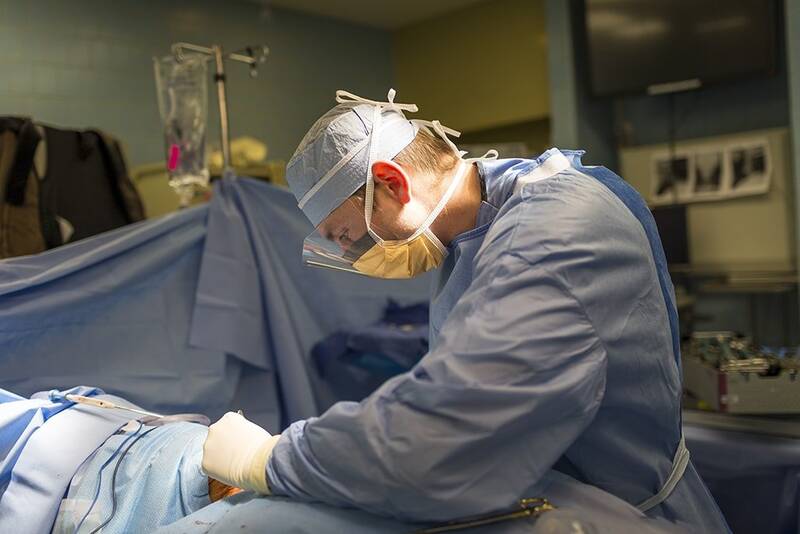
Keep in mind that spinal stenosis, if left untreated, can cause permanent injury, including paralysis.
This doesn’t mean that surgery is the only answer. There are many other types of treatments you can use to strengthen the muscles and support your ability to function with less pain.
Surgery has its own set of risks and is not a cure. It can bring some welcome relief, but it will not cure osteoarthritis or spinal stenosis. If you are in Anchorage, schedule an appointment with us at Better Health Alaska to see what your non-surgical options are today.


